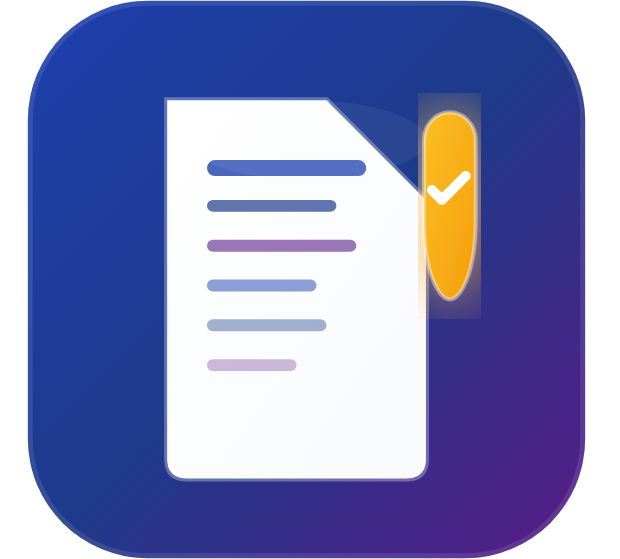
Distracted driving is one of the most dangerous habits on the road today. It might not seem like a big deal to glance at your phone or take a quick bite of food while driving, but those few seconds of distraction can have life-altering consequences. Every day, drivers make small decisions that put themselves and others at risk, often without even realizing the potential impact.
What Is Distracted Driving?
Distracted driving refers to any activity that takes your attention away from driving. These distractions fall into three main categories:
- Visual Distractions: Taking your eyes off the road, such as looking at a phone or GPS.
- Manual Distractions: Removing your hands from the wheel, like eating, drinking, or adjusting the radio.
- Cognitive Distractions: Losing focus mentally, such as daydreaming or talking to passengers.
Even a quick glance at a text message can divert your focus long enough to cause a serious accident.
Why Do Drivers Get Distracted?
Understanding why drivers get distracted can help prevent these dangerous behaviors.
- Overconfidence: Many drivers believe they can multitask behind the wheel, whether it’s checking their phone or eating lunch.
- Pressure to Stay Connected: The rise of smartphones has made it harder for people to disconnect, even while driving.
- Time Management Issues: Busy schedules often lead drivers to use their commute as a time to catch up on emails or phone calls.
The Shocking Statistics Behind Distracted Driving
The numbers tell a chilling story about the dangers of distracted driving:
- 3,522 lives were lost in the U.S. in 2021 due to distracted driving, according to the National Highway Traffic Safety Administration (NHTSA).
- It only takes five seconds of looking at your phone while driving at 55 mph to cover the length of a football field without paying attention.
- Young drivers are especially vulnerable: drivers aged 16 to 24 are more likely to use their phones while driving than older age groups.
- Distracted driving is a factor in over 20% of crashes involving injuries.
Real-Life Stories of Distracted Driving
Hearing the statistics is one thing, but real-life stories truly bring the dangers into focus.
A Fatal Glance at a Text
In one case, a teenager was driving home from school and decided to check a text message. That quick glance at her phone caused her to swerve into oncoming traffic. Tragically, the accident resulted in the loss of her life and the lives of two other people.
Multitasking Gone Wrong
Another incident involved a busy professional who often used his commute to make business calls. While reaching for a document in the passenger seat, he failed to notice the car in front of him had stopped. The resulting crash caused severe injuries and months of recovery for everyone involved.
These stories show how even a momentary lapse in attention can have devastating consequences.
The Role of Car Shipping Companies in Preventing Distracted Driving
One way to reduce the risk of distracted driving is to rely on a car shipping company when moving vehicles across long distances. Instead of driving for hours or days, you can trust professionals to handle the job, ensuring both your safety and the safety of others on the road.
Car shipping companies have trained drivers who follow strict safety protocols. By using these services, you avoid the fatigue and potential distractions that come with extended trips.
Preventing Distracted Driving
Avoiding distracted driving takes conscious effort and good habits. Here are some practical tips to stay safe on the road:
Put Your Phone Away
Keep your phone in a bag, glove compartment, or another spot where you can’t easily reach it while driving.
Use Hands-Free Technology Wisely
While hands-free devices can reduce manual distractions, they can still cause cognitive distractions. Use them sparingly.
Plan Ahead
Set your GPS, adjust your mirrors, and choose your music or podcast before you start driving.
Pull Over if Needed
If you need to eat, drink, or make a call, find a safe spot to pull over first.
Stay Mentally Focused
Avoid driving when you’re overly tired, stressed, or distracted by personal issues.
The Ripple Effect of Distracted Driving
Distracted driving doesn’t just affect the person behind the wheel; it impacts everyone around them. Families lose loved ones, victims face long recoveries, and communities grapple with the emotional and financial fallout of crashes.
According to the CDC, crashes involving distracted drivers cost the U.S. economy over $129 billion annually in medical expenses, lost productivity, and other related costs.
What Can Be Done to Fight Distracted Driving?
Preventing distracted driving requires a collective effort from individuals, communities, and governments.
-
Public Awareness Campaigns
Programs like the NHTSA’s “U Drive. U Text. U Pay.” campaign educate drivers about the dangers and consequences of distracted driving.
-
Stricter Laws
Many states have enacted laws banning texting and handheld phone use while driving. These measures aim to deter risky behaviors.
-
Technology Solutions
Apps and phone settings that disable notifications while driving are becoming more common. Some newer vehicles also feature advanced safety systems that alert drivers when they’re not paying attention.
Distracted driving is a growing epidemic that affects everyone on the road. The numbers don’t lie—taking your eyes off the road, even for a second, can lead to devastating consequences.
By making small changes to your habits and considering alternatives like using a car shipping company for long-distance travel, you can help make the roads safer for everyone. Remember, the most important task while driving is driving itself. Keep your eyes on the road, your hands on the wheel, and your mind focused—because lives depend on it.







